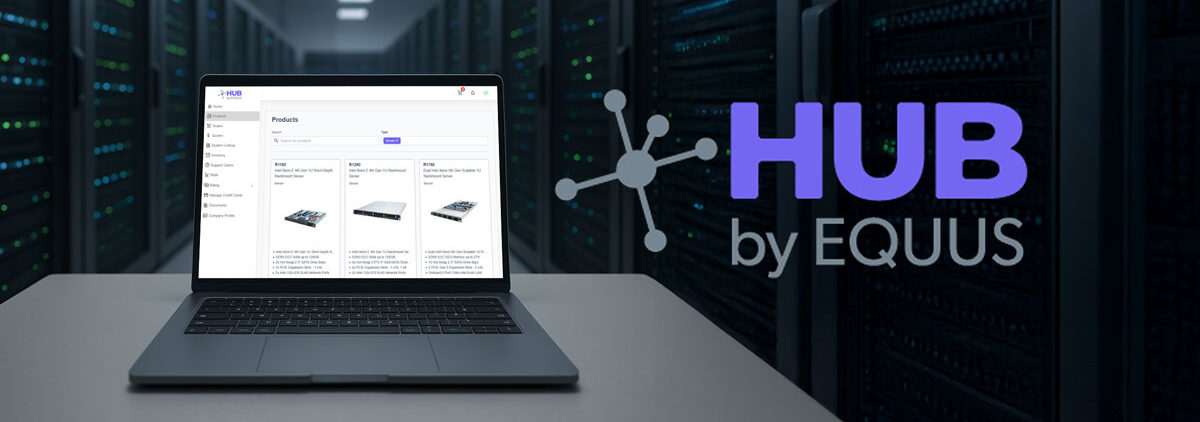Why White Box Servers Beat The Big Brands
While big-name companies build their servers to high standards, they can’t do much configuration
White Box (unbranded) servers use the same or superior components as big-name manufacturers, but come with customized capabilities at lower cost. No longer synonymous with rickety garage-builds, today’s white box servers offer top-quality hardware with customer-specific testing—a combination that high-volume brands like Dell EMC, Hewlett Packard Enterprise (HPE) or Lenovo can’t compete with. So how did white box servers finally get the edge over the big players? By using software to virtualize hardware.
Customized quality
While big-name companies build their servers to high standards, they can’t do much configuration. White box servers are assembled with components from market-leading suppliers and companies can tailor the builds and testing, paying for only the features they need. Plus, with new open source management software the cost over time of owning white box servers is much lower than branded boxes.
Service plans at half the price
Now that white box server quality matches or exceeds that of branded boxes, the potential cost savings on maintenance contracts are huge. Many white box companies offer remote support as well as 3-To-5 Year service plans guaranteeing next-day onsite support, and these plans are often half the price of comparable brand-name contracts.
Logos reigned throughout the 90s and early aughts because configurations and bundled features assured consumers that their servers were reliable. The downside to all that predictability is that consumers paid for features they didn’t need and wound up locked into exploitative service contracts.
Big-brand service plans are comprehensive because their failures are comprehensive. Unlike custom-configured white boxes, in-house technicians can’t easily swap out failed parts in branded boxes, which means that even minor problems become major pains.
Most big brands sell three-year maintenance coverage at a reasonable price, then hike the cost of a fourth year of coverage—sometimes by three times as much as the original maintenance plan. This pressures customers into buying new hardware with fresh maintenance plans since it’s cheaper than repairing their existing servers.
How VMware leveled the field
In 1999, young software company VMware released VMware Workstation, a desktop virtualization package that allowed users to run several different operating systems on their desktop via virtual machines (VMs). The technique proved that software could virtualize hardware with powerful results, and led to a value shift: software now mattered more than hardware when it came to versatility and performance. Software-defined applications and virtualized servers build the reliability into the software—the software is designed to expect hardware outages and maintain the necessary service levels when it does happen. And because virtual servers aren’t tied to proprietary hardware, they can run on lower-cost white boxes.
In the intervening years, VMware has enabled millions of virtual machines and continues to work on virtualizing all types of hardware, including servers, networking and storage—moving the entire industry towards the Software Defined Data Center (SDDC) model. An SDDC is a completely virtual data center in which all elements of infrastructure – central processors (CPU), security, networking, and storage – are virtualized and delivered to users as a service without hardware vendor lock-in.
With software-defined architectures now ruling data centers, companies don’t need consultants to install and configure hardware. You can use an SDDC strategy to define applications and all of the resources you need, like computing, networking, security, and storage, and group the necessary components together to create an efficient operating environment.
Flexible, fast, and secure
While VMware led the shift to SDDCs, white boxes can run any virtualization, from Red Hat to kernel-based virtual machines (KVMs). Some white box servers can also support OpenBMC, a project within the Linux Foundation Collaborative that allows open-source implementation of the baseboard management controller (BMC) firmware.
Industry-leading companies, including Facebook, Google, Intel, Microsoft, and IBM, have been collaborating with OpenBMC and are developing their own open firmware versions. LinuxBoot is another advanced firmware project that gives white boxes an edge. LinuxBoot improves boot reliability by replacing closed, lightly tested firmware drivers with hardened Linux drivers. Industry leaders implementing large server networks use LinuxBoot to ensure that their unique basic input output system (BIOS) is secure, reliable, robust, and offers lightning-fast boot speed.








